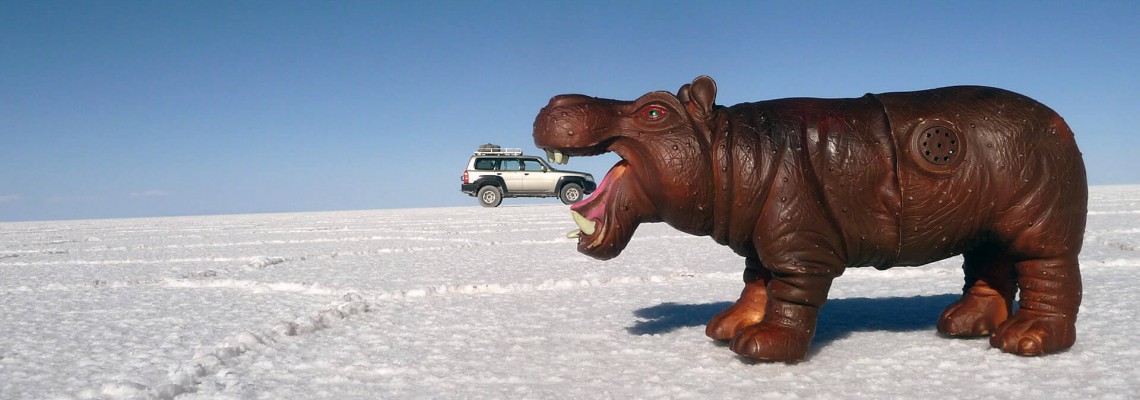
If you want to visit the Bolivian Salt Flats and don’t know where to start, this guide will clear all your doubts.
WHAT IS “SALAR DE UYUNI”
Salar de Uyuni is the Spanish term for Uyuni Salt Flats which is a massive desert of salt approximately 10.000 square kilometers/3800 square miles big.
WHERE IS IT LOCATED
In Bolivia’s southwestern high plains known as the Altiplano, in the Potosi state.
WHAT CAN YOU DO THERE
Most people join organized trips on 4WD vehicles that traverse the vast salt flats and often travel further south into Eduardo Avaroa Reserve which holds endemic wildlife and colored lagoons.
HOW DO YOU GET TO SALAR DE UYUNI
The largest settlement near the salt flats is the town of Uyuni - a mid-size town 30 Km from the salt flats. Uyuni is well connected by buses, flights, trains and organized tours from the major cities:
From La Paz by bus: La Paz is Bolivia’s administrative capital and gateway to the country, so it is easy to catch an overnight bus which takes around 8 hours. The most popular buses are Todo Turismo and Trans Omar. This is a convenient option but buses are not always reliable nor the most comfortable with another downside being missing the sights between La Paz and Uyuni
From La Paz by plane: There are daily flights leaving in the morning and evening taking around 50 mins. The two airlines are Amaszonas and BOA. This is the fastest but often most costly option.
From La Paz via organized tour: There are tours from La Paz to Salar de Uyuni via Sajama National Park by 4x4 vehicle from three to several days. These help you avoid the hassle of taking a bus or plane and hop on a 4x4 vehicle right in the city and get to the salt flats seeing everything in between, including Salar de Coipasa, a smaller but impressive salt lake.
From La Paz by train: There really aren’t trains leaving from La Paz but instead from the city of Oruro located a 3-hour bus ride away from La Paz by modern highway. It is a nice way to get to Uyuni from Oruro but you must take a bus from La Paz to Oruro and trains only leave a couple of times a week, not to mention they take the longest and arrive in the early hours of the morning (around 2 AM).
From Sucre by bus and plane: Sucre is Bolivia’s official capital and a popular tourist destination. Buses leave daily via Potosi and take around 7 hours. There are now a couple of flights a week run by Amaszonas airline.
From Potosi by bus: Potosi is another popular tourist town and only around 4 hours from Uyuni. There are several daily buses but these are basic and local. They can be caught from the old bus station.
From Santa Cruz by plane and bus: Bolivia’s industrial city and its largest has the most international connections. From here, Amaszonas now offers direct flights to Uyuni which take around 1 hour. We do not recommend going by bus as the trip is too long and difficult.
WHAT SHOULD YOU EXPECT IN THIS REGION?
Sheer beauty, remoteness and isolation. Tours take you through the salt flats and further south, but keep in mind that this is a remote, high-altitude, cold and dry region. Conditions are basic, accommodation simple and rustic, roads almost non existent (dirt tracks are the reason why a 4x4 is needed), altitude sickness is likely to affect and Internet very limited. Nonetheless, every person who is willing to ‘roughing it’ for a few days leaves with a big smile on their face because of the feeling of being in a real adventure/expedition.
WHERE DO YOU SLEEP?
Local lodges in remote villages scattered in the vast Altiplano. These are very basic, most providing dorm style rooms with simple beds and shared restroom facilities as well as basic meals. In short, everything you need to survive a basic existence for a few days. You also have the option of staying in one of the more upscale ‘salt hotels’ such as this one which are unique in their construction and providing upscale services for a higher price tag of course.
WHAT ARE THE MUST SEES IN THE REGION
Within the salt flats, don’t miss Incahuasi Island, a rocky outcrop in the middle of the salar providing 360-degree views. If you venture into the southwest, don’t miss the lagoons such as Canapa, Hedionda, Laguna Colorada (Red Lagoon) and Laguna Verde (Green Lagoon). On the way, you will visit vast deserts and dramatic mountain ranges as well as spotting native wildlife including vicunas, flamingo, vizcacha and domesticated animals such as llama and alpaca.
WHEN IS THE BEST TIME TO VISIT?
You can visit the Bolivian Salt Flats year round. However, during the months of December to April (rainy season), the region receives a lot of rain making the salt flats a giant, natural mirror with surreal views, though more difficult to access. On the other hand, from late April to November (dry season) you won’t see the rainy season but be able to drive around to Incahuasi Islands and pretty much anywhere in the salt flats.
WHAT IS THE WEATHER/TEMPERATURE LIKE
From December to mid April the temperature during the day varies from 10 to 18C./50 to 65F. Temperatures drop at night time, especially during the winter months of June to August which can go town to -15C/5F. Often days are very sunny and hot, so sun protection is a must. As a rule of thumb, always bring warm layers.
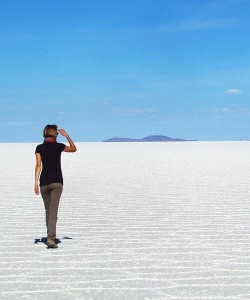
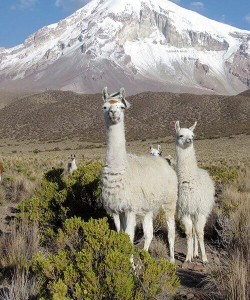
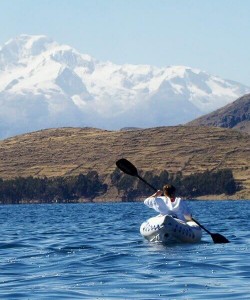
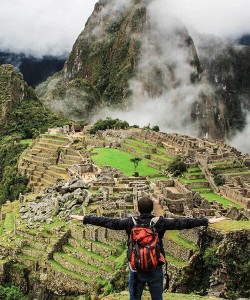
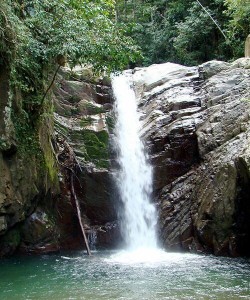
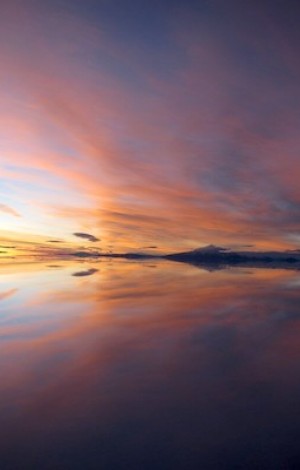
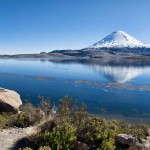
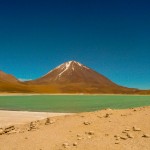
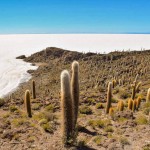
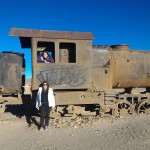
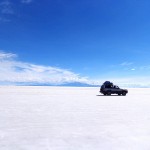
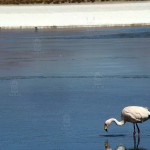
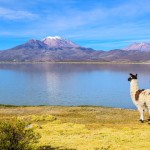
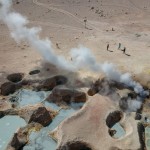
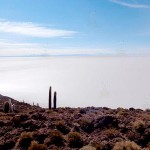
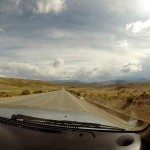
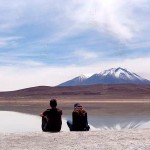
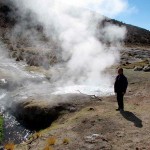
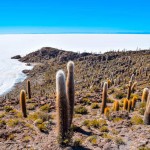
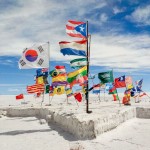

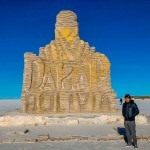

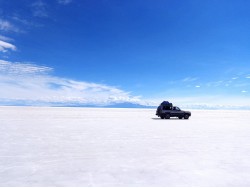
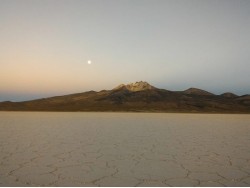
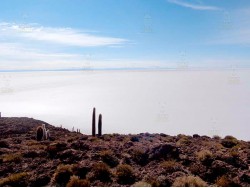
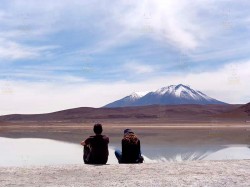
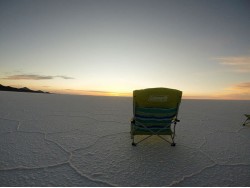
Leave a Comment